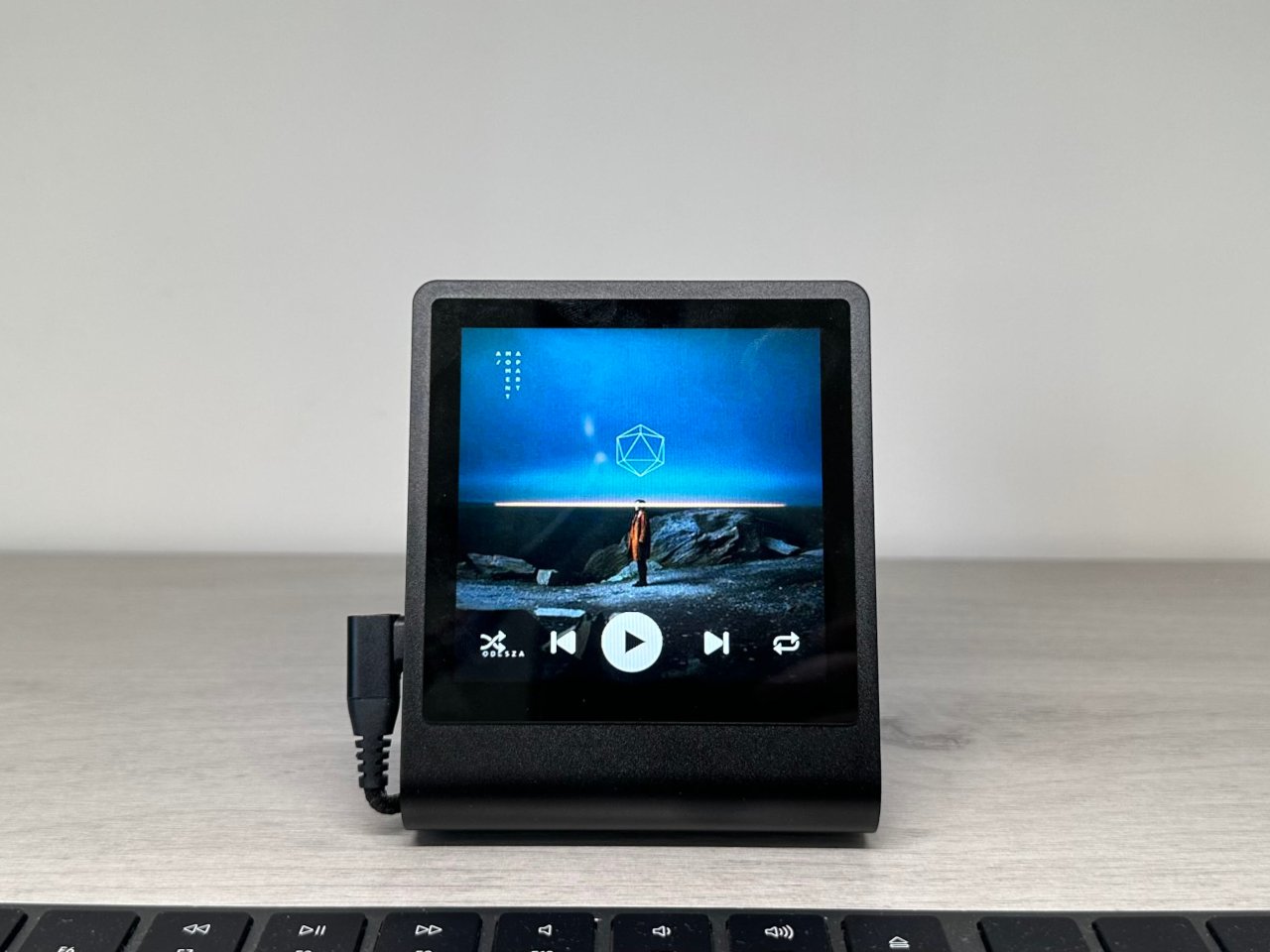Once in a while, you see software and services companies trying their hands at making hardware with mixed success. Microsoft, for example, has had a hit-or-miss history when it came to physical products, as the Zune, Windows Phones, and Surface Duo demonstrate. Meta’s attempts outside of Quest VR headsets, which it just acquired from Oculus anyway, are also a mixed bag, with the Portal crashing hard and the Ray-Bans’ fate still undecided.
At the same time, however, there are virtual products that seem perfect for a physical counterpart, especially when it comes to streaming media. A dedicated Netflix tablet or set-top box, for example, could remove a few of the intermediary steps in downloading and setting up Netflix. The Car Thing could have been Spotify’s entry into that market, but its limited reach meant it would be a flop right from the start. Now, someone has tried to show exactly what Spotify should have probably done, and you can even make one yourself rather than waiting for something that will probably never come to pass.
Designer: Fatih Ak/AKZ Dev, Pimoroni for Pimoroni Presto
To be fair, Spotify was primarily designed for use on smartphones, only expanding to web browsers and smart speakers later. In theory, you can control everything from your smartphone, even when you’re at your desk, but that also brings up the risk of getting distracted. It also means you can’t really enjoy seeing beautiful album art while a track is playing, at least without constantly unlocking your phone or keeping its display always on.
PrestoDeck brings a simple yet useful 4-inch touch screen whose sole purpose is to let you play and control your Spotify music. Unlike other DIY projects, this one just provides the custom software to run on a Pimoroni Presto, a device powered by a Raspberry Pi Pico designed to be a general-purpose desktop companion. Other than a right-angle USB-C cable for aesthetics, you don’t have to buy anything else for this project. The true cost is in setting up the software.
In addition to technical processes like flashing the Pimoroni software onto the Presto and setting up the tools to transfer PrestoDeck to the device, the biggest hurdle for most people will be setting up a Spotify dev account, which is only available to Spotify Premium subscribers. This is an absolutely necessary step in being able to control Spotify playback as well as get data like a track’s album art, and it might be just as stressful as soldering wires on circuit boards.
The end result, however, is a rather sleek and professional-looking device that you might have been an actual Spotify product. It’s definitely a missed opportunity for Spotify and its hardware partners, though that does leave the market open to more adventurous experiments that won’t really care if their Car Thing equivalent flies or flops.
The post PrestoDeck is the Spotify desk music player you wish Spotify made first appeared on Yanko Design.

